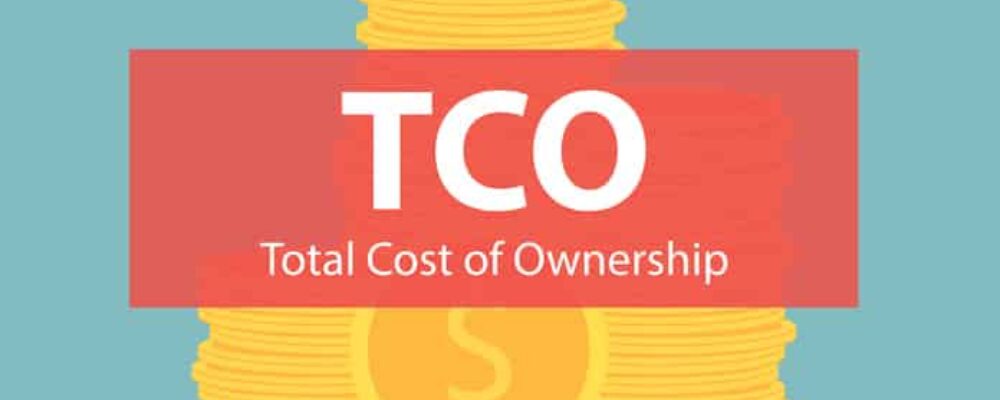Understanding the distinct roles of business models and operating models is essential for organizational success. With AI and digital disruption continuously introducing new value propositions, organizations must keep their strategies and operations aligned and current. Join us as we clarify each model’s differences and individual roles in business strategy to help your organization stay competitive and effective.
What is a Business Model?
A business model is the blueprint that describes how a company creates, delivers, and captures value. The Business Model Canvas, a popular framework, breaks down a business model into several key components, each crucial for effectively delivering the value proposition.
Elements of a Business Model:
- Value Proposition: The value proposition defines what the company offers to its customers and why they should choose it over competitors. It answers the question: “What problem do we solve for our customers, and how do we do it better than anyone else?”
- Customer Segments: These are the specific groups of customers the company targets with its products or services. Understanding their needs, preferences, and behaviors is crucial for developing a compelling value proposition.
- Channels: These are the ways in which the company reaches its customers, whether through physical stores, online platforms, or a combination of both. Choosing the right channels is crucial for effectively delivering the value proposition.
- Customer Relationships: Customer relationships encompass the types of interactions the company has with its customers, from sales and marketing to customer service and support. Building strong customer relationships is key to fostering loyalty and repeat business.
- Revenue Streams: Revenue streams are how the company generates income, whether it’s through direct sales, subscriptions, advertising, or other means. A sustainable business model must have a reliable and diversified revenue stream.
- Key Resources: These are the assets that the company needs to deliver its value proposition, such as physical infrastructure, intellectual property, human capital, or financial resources.
- Key Activities: These are the most important things the company must do to create and deliver its value proposition, such as product development, marketing, sales, or customer service.
- Key Partnerships: Key partnerships are the relationships the company forms with other organizations to gain access to resources, expertise, or markets. Partnerships can be critical for expanding reach and reducing costs.
- Cost Structure: This is the breakdown of the company’s expenses, including fixed costs, like rent and salaries, and variable costs, like materials and marketing. Understanding the cost structure is essential for pricing products and services competitively.
Many different types of business models, such as subscription, freemium, and marketplace, determine how companies generate revenue and interact with their customers.
What is an Operating Model?
While the business model serves as the blueprint, the operating model describes how this blueprint is brought to life. Think of building a house: the architect’s blueprint outlines the design, but you need builders to turn that blueprint into a livable home.
An operating model details how the arrangement of resources and operations executes the strategic intentions set by the business model. It focuses on delivering value propositions by effectively aligning people, processes, and technology.
Core Components of an Operating Model
- Core Business Processes: These are the fundamental activities that must be performed to deliver the value proposition. They are executed by employees and supported by technology.
- Capabilities: These include the skills, knowledge, and expertise of the people involved, as well as the technological tools and processes they use.
- Technology and Infrastructure: This encompasses the IT systems, software, and hardware required to support business processes and ensure their efficient operation.
By ensuring these elements are well-aligned, the operating model allows the
business model to be executed effectively, turning strategic plans into actionable outcomes.
Business Model vs. Operating Model: Key Differences
Strategic Focus vs. Operational Efficiency
- Business models focus on strategic choices for creating value and capturing market opportunities. They define what the company aims to achieve and how it plans to compete in the market.
- Operating models concentrate on operational efficiency and executing these strategic choices to deliver value. They define how the company operates daily to achieve its strategic goals.
Components and Structures
- Business models involve value propositions, revenue streams, and customer segments.
- Operating models include process maps, IT systems, and organizational structures that support the business model.
Innovation vs. Implementation
- Business models often drive innovation by developing new ways to meet customer needs and creating competitive advantages.
- Operating models focus on implementing these innovations efficiently across the organization, ensuring that strategic changes are executed effectively.
Adaptation to Changes
- Shifts in the business model can necessitate adjustments in the operating model and vice versa. For instance, a new revenue stream might require new processes or technologies, ensuring agility and responsiveness to market changes.
Transform Your Business and Operational Models with Accelare
Understanding the distinctions and interconnections between the business and operating models is crucial for enhancing organizational performance and competitive advantage.
At Accelare, we specialize in helping organizations evaluate and transform their businesses and operational models. To take the first step towards transforming your business with Accelare, take our quick, online, 4-minute Digital Disruption assessment. You’ll receive an evaluation of your organization’s business model exposure to the disruptive forces introduced by new technology.
Accelare “provides digital transformation consulting services that prioritize performance and results. Accelare’s S2E process and WorkFit are proven to create dramatic breakthroughs and lasting innovations integrated into the business model to build the capacity needed to transform into your next-generation business model.”
Please visit the firm link to site






